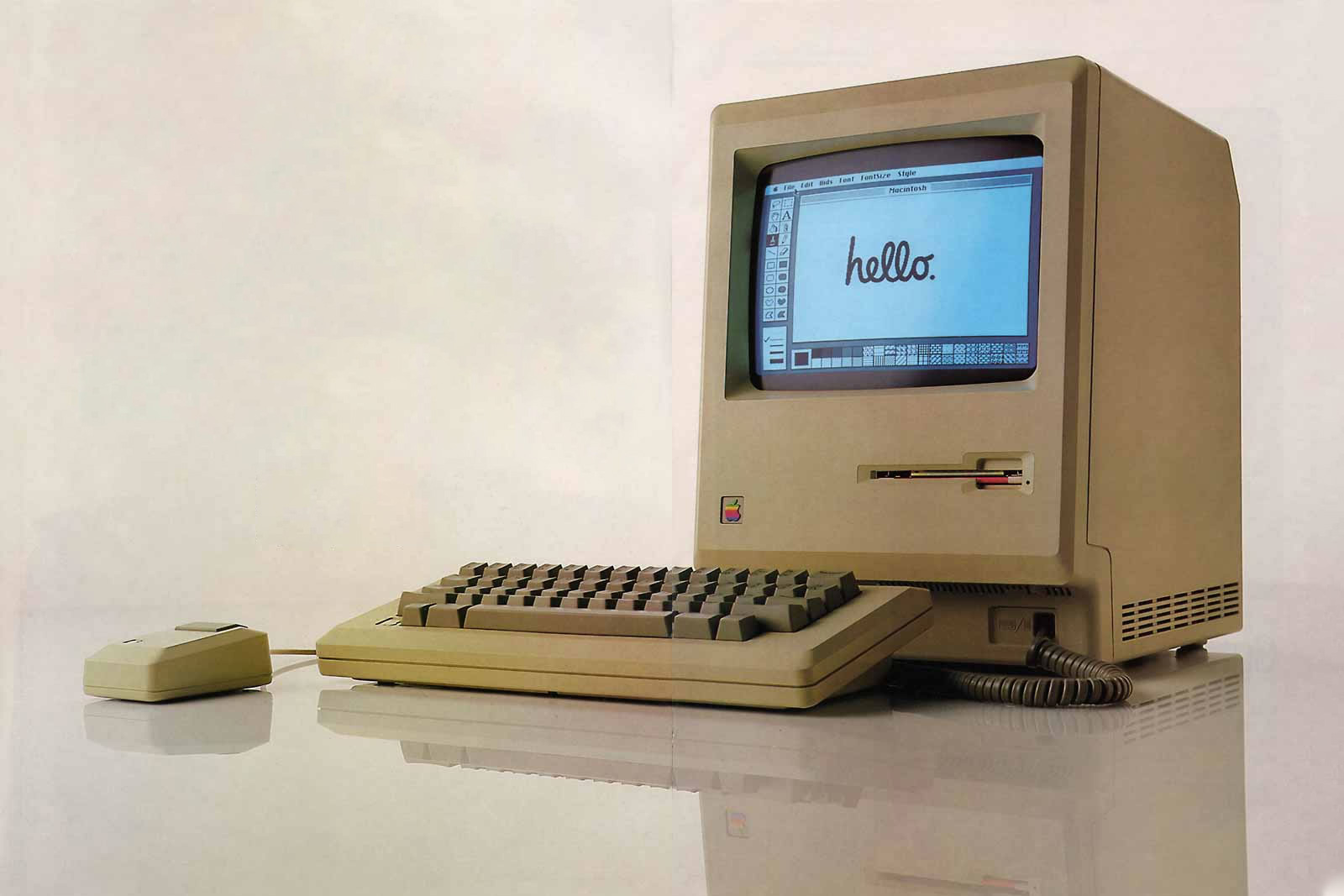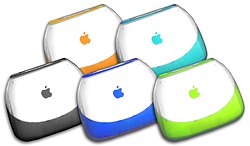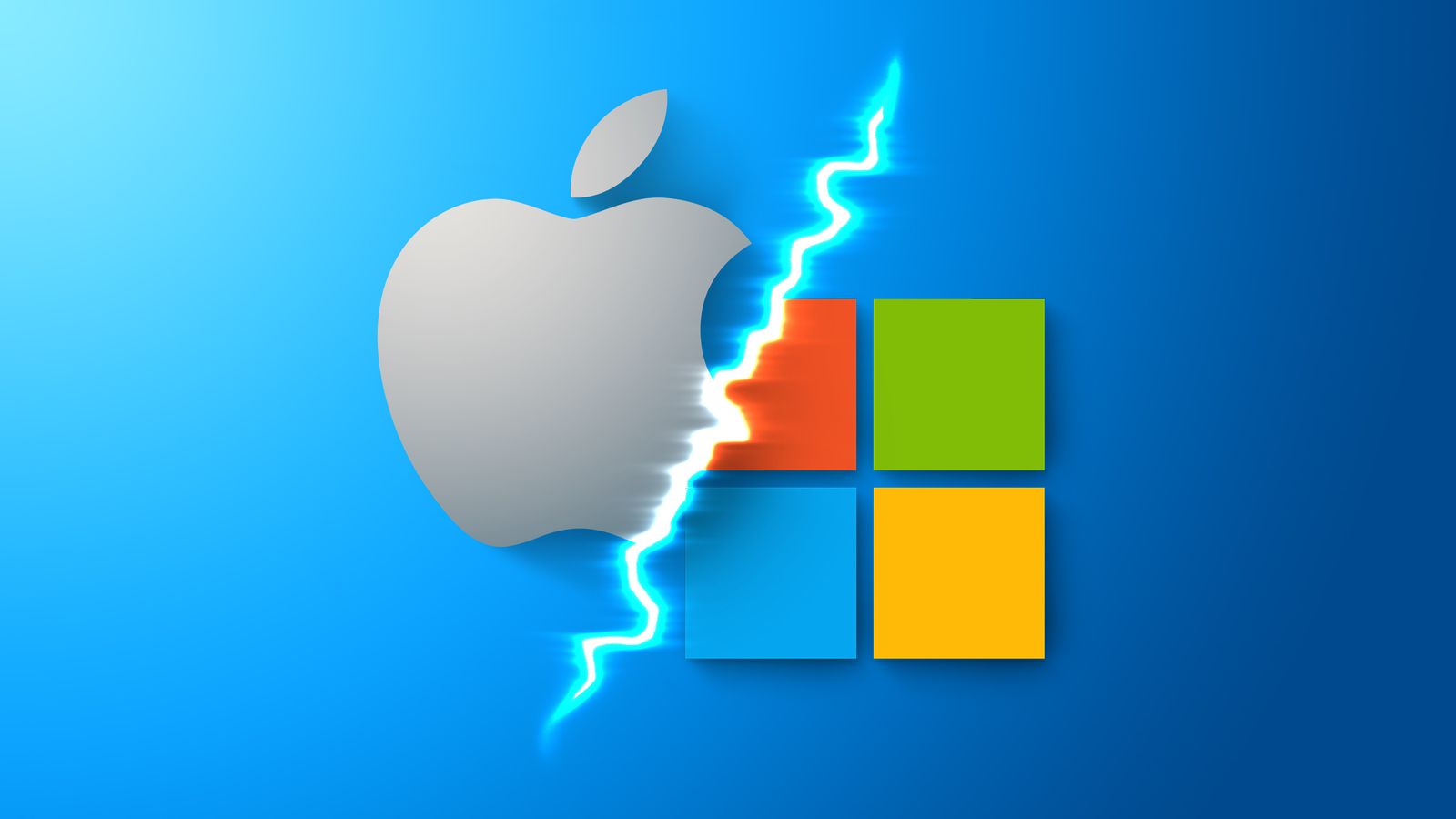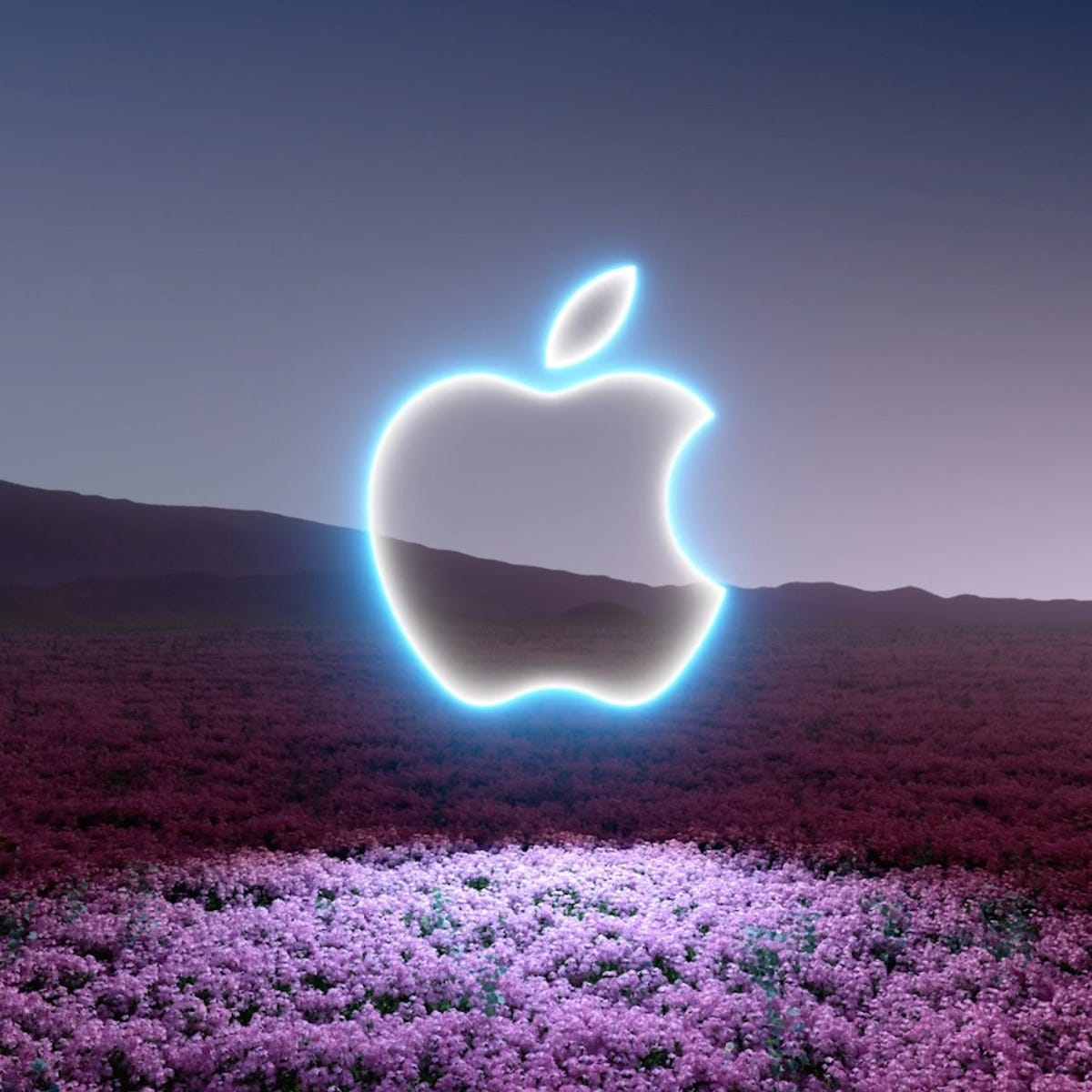Apple History and Features
Apple History and Features
Apple Inc. is a multinational technology company headquartered in Cupertino, California, USA. It is one of the world's most prominent and influential technology companies. Apple is known for designing, manufacturing, and selling a wide range of consumer electronics, software, and services. Some of its most iconic and popular products include the iPhone, iPad, Mac computers, Apple Watch, and various software applications such as iOS, macOS, and the App Store.
Apple History:
The Early Years:
Apple was founded on April 1, 1976, by Steve Jobs, Steve Wozniak, and Ronald Wayne in a garage in Cupertino, California. Their first product, the Apple I computer, was a basic circuit board that had limited commercial success. The breakthrough came in 1977 when they introduced the Apple II, a fully assembled personal computer that had color graphics and became a commercial success.
The Macintosh Revolution:

In 1984, Apple introduced the Macintosh, a revolutionary personal computer with a graphical user interface and a mouse. It was a game-changer in the industry, making computing more accessible to everyday people. However, despite its innovations, the Macintosh faced stiff competition from IBM-compatible PCs.
Steve Jobs Leaves and Returns:
Tensions grew within the company, and in 1985, Steve Jobs left Apple. The company struggled through the late 1980s and 1990s, with various changes in leadership. In 1997, Apple was on the verge of bankruptcy when Jobs returned as the CEO. He initiated a series of groundbreaking products and strategic decisions.
iMac and iBook:

In 1998, Apple released the iMac, a colorful and user-friendly computer that helped revitalize the brand. This was followed by the iBook, a consumer laptop. These products were instrumental in Apple's resurgence.
The iPod and iTunes:
In 2001, Apple launched the iPod, a portable music player that revolutionized the music industry. It was accompanied by iTunes, a digital music store. The iPod's sleek design and the ability to purchase and download music directly led to its tremendous success.
The iPhone Era:
The real game-changer came in 2007 with the introduction of the iPhone. This smartphone combined a phone, an iPod, and an internet communicator into one device. The iPhone's success propelled Apple to new heights and changed the way people used mobile technology.
The iPad and App Store:
In 2010, Apple released the iPad, a tablet that redefined the tablet market. It was a massive success and became a staple in various industries, from education to healthcare. The App Store, also launched in 2010, allowed developers to create and sell applications for Apple devices, creating a vibrant app ecosystem.
Steve Jobs' Passing:
In 2011, Steve Jobs passed away, but his legacy continued to shape Apple's direction.
Recent Developments:
Apple continued to innovate with products like the Apple Watch, AirPods, and services like Apple Music and Apple TV+. The company maintained its reputation for design and user experience.
The M1 Chip and Mac Transition:
In 2020, Apple announced its transition to its custom-designed M1 chips for Mac computers. This move marked a significant shift away from Intel processors, emphasizing Apple's commitment to integrating hardware and software.
Environmental Initiatives:
Apple has been committed to reducing its environmental footprint. The company announced its goal to be carbon neutral by 2030 and is making strides toward using more renewable energy and sustainable materials in its products.
Looking Ahead:
Apple continues to innovate and expand its product and service offerings. Its focus on privacy, security, and user experience remains at the forefront of its endeavors.
The Global Impact of Apple
Apple has had a significant global impact on various aspects, from technology and business to culture and society. Here are some examples of how Apple has influenced the world:
Technological Advancements: Apple's products, such as the iPhone, iPad, and Mac computers, have driven advancements in technology. The introduction of the iPhone, for instance, revolutionized the smartphone industry, leading to the widespread adoption of touchscreens, mobile apps, and mobile computing.

Supply Chain Innovation: Apple's meticulous supply chain management has become a global benchmark. It has set new standards for efficiency, quality control, and just-in-time production. Companies around the world study and emulate Apple's supply chain practices.
App Ecosystem: The launch of the App Store in 2008 created a global ecosystem for mobile applications. It provided opportunities for developers worldwide to create and distribute apps, changing how people work, socialize, and entertain themselves.
Apple's Marketing and Branding Strategies
Innovative Product Launches:
Example: Apple's product launches are highly anticipated events. The company builds excitement through secrecy and suspense, exemplified by phrases like "One More Thing." These launches generate buzz and media attention.
Emotional Branding:
Example: Apple's "Shot on iPhone" campaign, featuring user-generated photos and videos, taps into the emotional connection users have with their devices. These ads highlight the personal and creative aspects of Apple products.
Premium Pricing and Quality:
Example: Apple positions its products as high-end, premium offerings. The "Designed by Apple in California" tagline underscores the focus on quality and innovation.
Dark Ages of Apple
The "Dark Ages of Apple" is a term used to describe a period in the late 1980s and 1990s when Apple Inc. faced numerous challenges, including leadership changes, internal conflicts, and a declining market share. In this simplified account, I'll cover the key events and factors that contributed to this challenging phase in Apple's history.
Leadership Changes:
The Dark Ages of Apple began with leadership changes. In 1985, Steve Jobs, one of the co-founders of the company, was forced out of Apple after a power struggle with then-CEO John Sculley. This departure marked a significant loss for the company, as Jobs had been instrumental in shaping Apple's vision and product development.
Product Fragmentation:
During this period, Apple had a fragmented product line with various models of Macintosh computers, many of which lacked compatibility with each other. This made it confusing for consumers and difficult for developers to create software that worked seamlessly across all Apple products.
Competition from Microsoft:

Microsoft's Windows operating system gained popularity in the 1990s, becoming the dominant platform for personal computers. The "PC vs. Mac" battle was intensifying, and Apple was losing ground to Microsoft's ecosystem.
Features of apple

Sleek Design:
Example: The iPhone, with its premium materials and minimalist design, is a hallmark of Apple's commitment to sleek aesthetics.
User-Friendly Interface:
Example: The iOS operating system offers an intuitive and user-friendly interface, making it easy for users to navigate and interact with their devices.
Seamless Integration:
Example: The Apple ecosystem allows seamless integration across devices. For instance, you can start an email on your iPhone and continue it on your Mac.
Privacy and Security:
Example: Features like Touch ID and Face ID on Apple devices provide advanced biometric security, and Apple's strong stance on user privacy is evident in its encryption practices.
Siri (Virtual Assistant):
Example: Siri, Apple's virtual assistant, can perform tasks, answer questions, and control smart home devices through voice commands.
iCloud (Cloud Storage):
Example: iCloud allows users to store photos, videos, documents, and more in the cloud, enabling easy access and synchronization across Apple devices.
App Store (App Ecosystem):
Example: The App Store provides access to a vast library of apps, including productivity tools, games, and utilities, enhancing the functionality of Apple devices.
FaceTime (Video Calling):
Example: FaceTime enables high-quality video and audio calls between Apple users, making it a popular choice for staying connected.
AirPlay (Wireless Media Streaming):
Example: With AirPlay, users can stream music, videos, and photos wirelessly from their Apple device to compatible speakers, TVs, and other devices.
AirDrop (File Sharing):
Example: AirDrop allows easy sharing of photos, videos, documents, and more with nearby Apple users via Bluetooth and Wi-Fi.
MagSafe (Magnetic Accessories):
Example: MagSafe technology, found in iPhones and MacBooks, allows magnetic attachment of accessories like chargers and cases for a convenient and secure connection.
Health and Fitness Tracking:

Example: The Apple Watch offers health and fitness tracking features, including heart rate monitoring, activity tracking, and ECG capabilities.
HomeKit (Smart Home Control):
Example: Apple's HomeKit platform allows users to control and automate smart home devices like lights, thermostats, and security systems through their Apple devices.
Dark Mode:
Example: Dark Mode, available on iOS and macOS, offers a visually pleasing dark color scheme that can reduce eye strain and conserve battery

In conclusion, Apple's iPhone has had an enormous and transformative impact on the world of mobile technology and beyond. Since its introduction in 2007, the iPhone has become an iconic device, reshaping the way we communicate, work, play, and access information. Its combination of sleek design, user-friendly interface, and a powerful ecosystem has set new standards for smartphones and influenced the broader tech industry.










Post a Comment
0 Comments